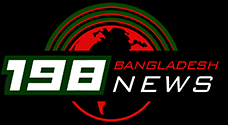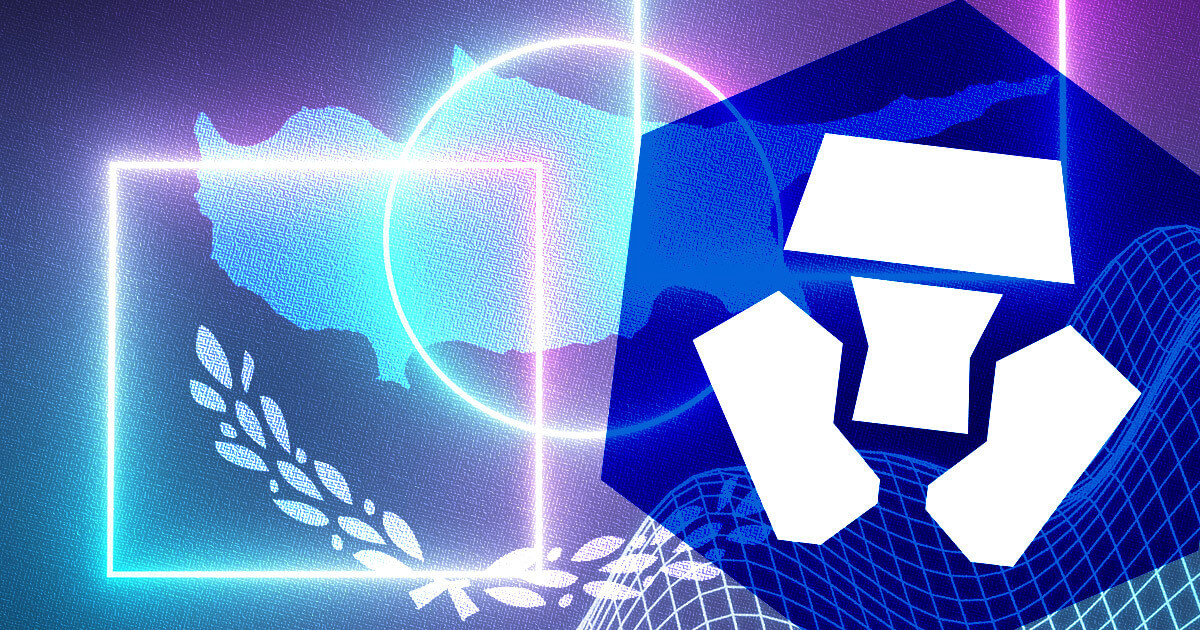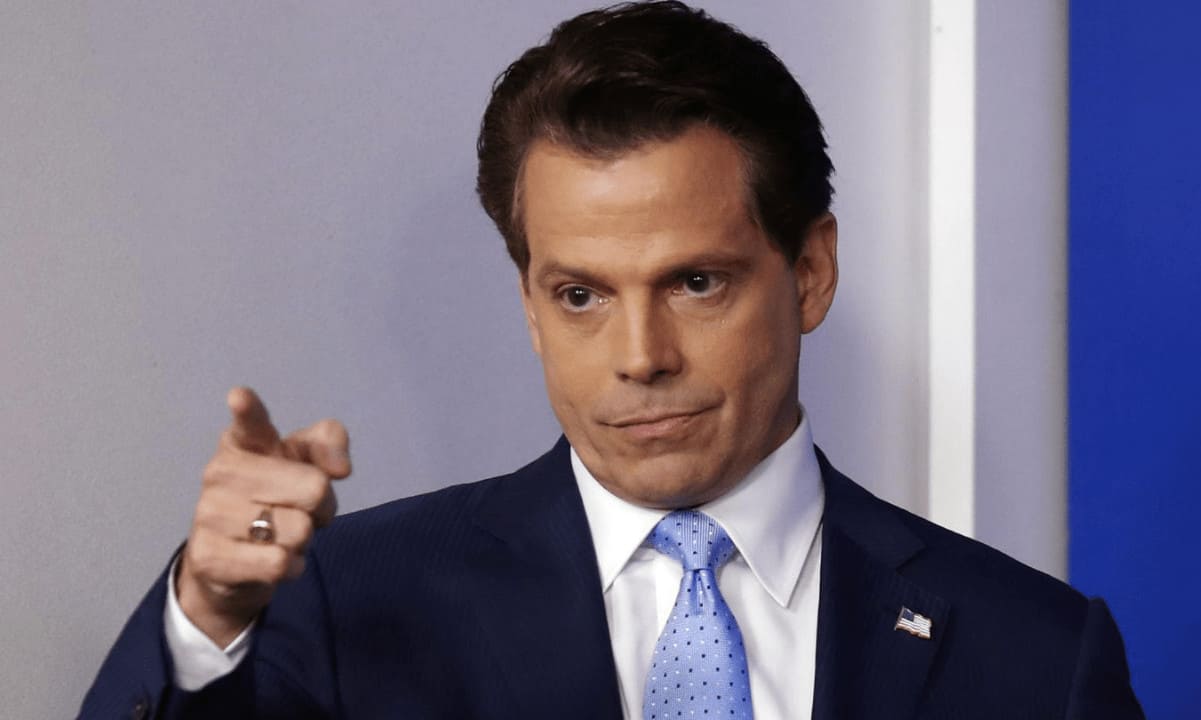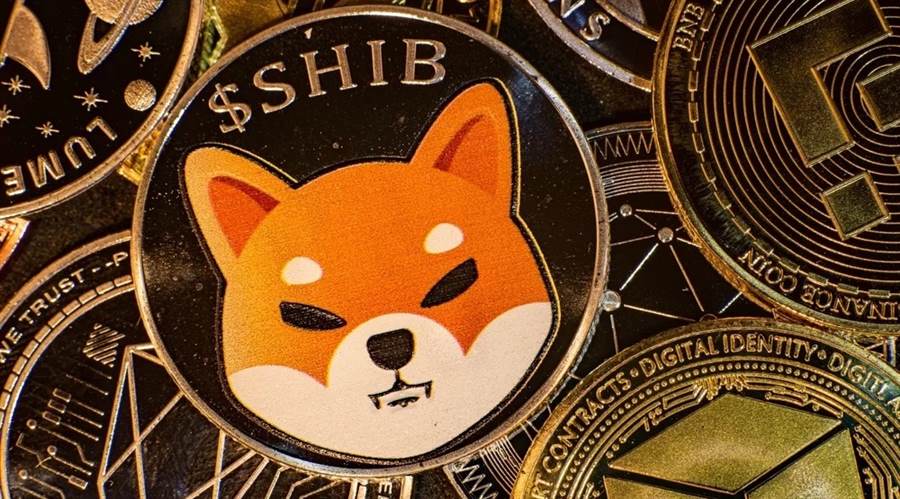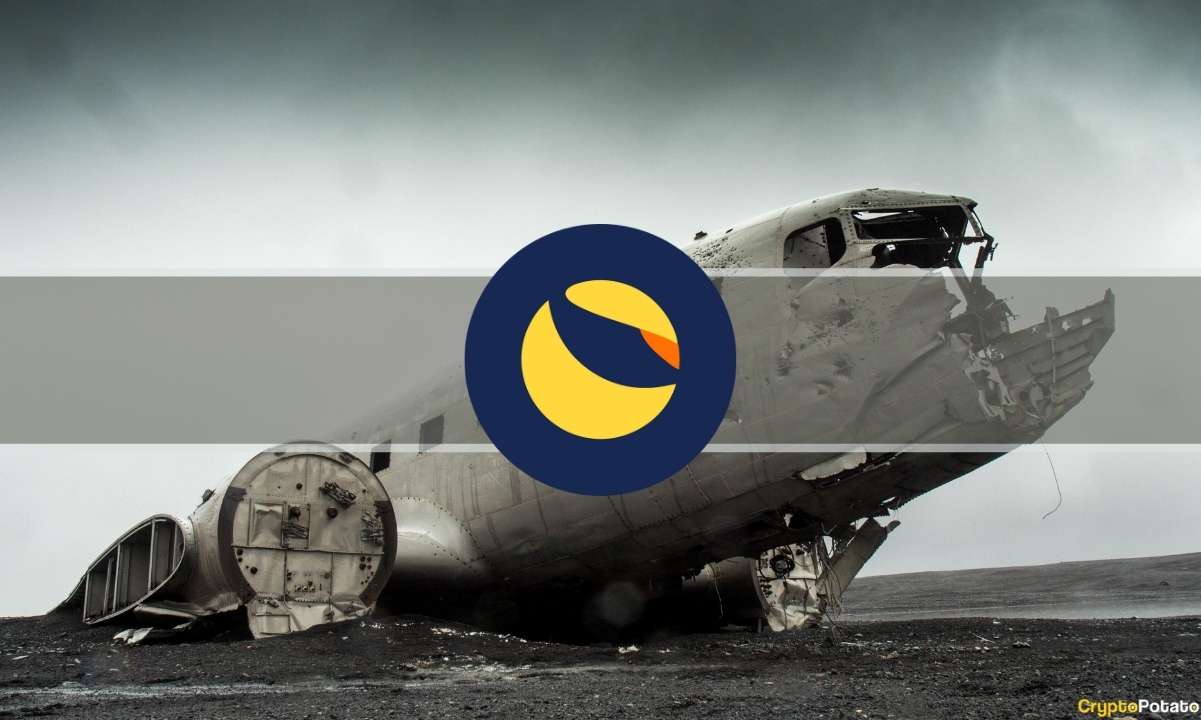[ad_1]
Lawmakers in Australia wish to regulate decentralized autonomous organizations (DAOs). On this three-part collection, Oleksii Konashevych discusses the dangers of stifling the rising phenomenon of DAOs and attainable options.
Crypto anarchy is unlikely to be the longer term that almost all of individuals assist. Firm regulation, in its essence, has a number of optimistic elements or at the least, an excellent intention, albeit one typically embodied in a pink tape that stifles enterprise. However, these days, company guidelines and rules are formalized to the extent that they may very well be put within the machine code. So, the position of the federal government is to ascertain necessary requirements for these DAOs that want to function within the Australian market.
Non-digital
There are instances when a written authorized textual content is important. These are conditions the place the authorized interplay goes past this system’s code and requires integration with the actual world. On this case, there have to be formal authorized paperwork and a liable particular person accountable for delivering enterprise guarantees to shoppers and buyers.

There might be two sorts of occasions in a blockchain community: 1. Inside. For instance, the switch of a token in alternate for a cryptocurrency fee. It may be utterly automated as a result of each parts — the token and the cryptocurrency — are inside digital parts of the system. 2. Exterior. But when one thing is exterior to the community, it’s going to require human interplay and interplay with the actual world.
As an illustration, if a businessman points tokens pegged to a flock of sheep, this authorized situation have to be written someplace in a human language, as sheep usually are not digital objects, the authorized situation just isn’t part of the community. Subsequently, the digital rights of buyers (let’s name it so) can and ought to be automated in a DAO. Therefore, they don’t require any written authorized phrases. Non-digital rights and obligations have to be intermediated by a liable particular person and described in a authorized doc. And I’d say that many DAOs may have each: the digital on-chain half and the off-chain half.
Associated: DAO regulation in Australia: Points and options, Half 1
Let me present one instance. Suppose it’s promised that token buyers can vote and the voting is digital on the blockchain, and the good contract routinely executes the choice in a decentralized method. In that case, it is not going to want any human help and doesn’t require a formalized authorized doc. This doesn’t imply it is not going to be described in a human language. This implies the outline is not going to prevail over the machine code on the blockchain.

As a lawmaker, I’d undertake guidelines that would cut back the methods of misinforming DAO buyers. A businessman could not promise DAO buyers one thing that isn’t encoded within the good contract. To take action have to be interpreted as a deception.
When the digital world touches actuality and can’t function autonomously, all these instances would require an entire, legally binding disclosure.
Blockchain immutability
There’s a frequent fallacy in regards to the problem of immutability. In a blockchain, you can’t retroactively change handed transactions and the deployed code of a wise contract. That’s proper, however you don’t have to. The system have to be correctly designed.
As a substitute of fixing the present information, you want to have the ability to add new information. All transactions are strictly chronological (as a result of nobody can change the order of blocks), so if any authorized circumstances change, you don’t change the previous, you add a brand new report to your utility. And within the sequence of information, solely the newest will mirror the present state of affairs. On this approach, you may resolve authorized disputes and proper mere errors. And I defined methods to correctly design authorized relationships within the video under.
In my tutorial papers in addition to on this video, I additionally described the problem of an “emergency brake” — the necessity to reset the system if one thing goes flawed. The proposed technical commonplace will permit the redesign of an utility on blockchain and introduce new guidelines to a DAO.
Associated: DAO regulation in Australia: Points and options, Half 2
A sustainable DAO answer might want to depend on third events in governance to some extent in addition to in day-to-day operation. And there are various conditions when undeniably we’d like a trusted third occasion. For instance, how will an individual switch an inheritance after dying? You gained’t develop a mature utility on a blockchain, the query is methods to make intermediaries accountable, whether or not it’s a state registrar or a licensed skilled (lawyer, custodian, dealer, and so forth.). Their operations would require rules and technical requirements.
I ought to observe one necessary factor. Transactions with cryptocurrency, as a local unit of a blockchain, are immutable, and there may be nothing you are able to do about it. This isn’t addressable or at the least, it isn’t that straightforward with out compromising the expertise. All the things I mentioned in regards to the correct design is about crypto tokens, good contracts, DApps and DAOs, which reside on high of a cryptocurrency.
To step into the period of the digital economic system, governments have to rethink their position and approaches to regulation. The DAO portrays the battle to create a basic shift from old school forms and pink tape to automated procedures facilitated by good legal guidelines and good contracts, commonly known as the paradigm of Code is Regulation. Such a shift requires questioning established establishments: the position of public registries, licensing and different methods of typical regulation.
Some international locations have already stepped into the race of regulating improvements and having good intentions just isn’t sufficient, as a result of they find yourself with red-tape, which is likely one of the explanation why DAOs appeared within the first place.
The views, ideas and opinions expressed listed below are the creator’s alone and don’t essentially mirror or symbolize the views and opinions of Cointelegraph.
Oleksii Konashevych has a Ph.D. in Regulation, Science, and Know-how and is the CEO of the Australian Institute for Digital Transformation. In his tutorial analysis, he introduced an idea of a brand new era of property registries which might be based mostly on a blockchain. He introduced an thought of title tokens and supported it with technical protocols for good legal guidelines and digital authorities to allow full-featured authorized governance of digitized property rights. He has additionally developed a cross-chain protocol that permits using a number of ledgers for a blockchain property registry, which he introduced to the Australian Senate in 2021.
[ad_2]
Source link
